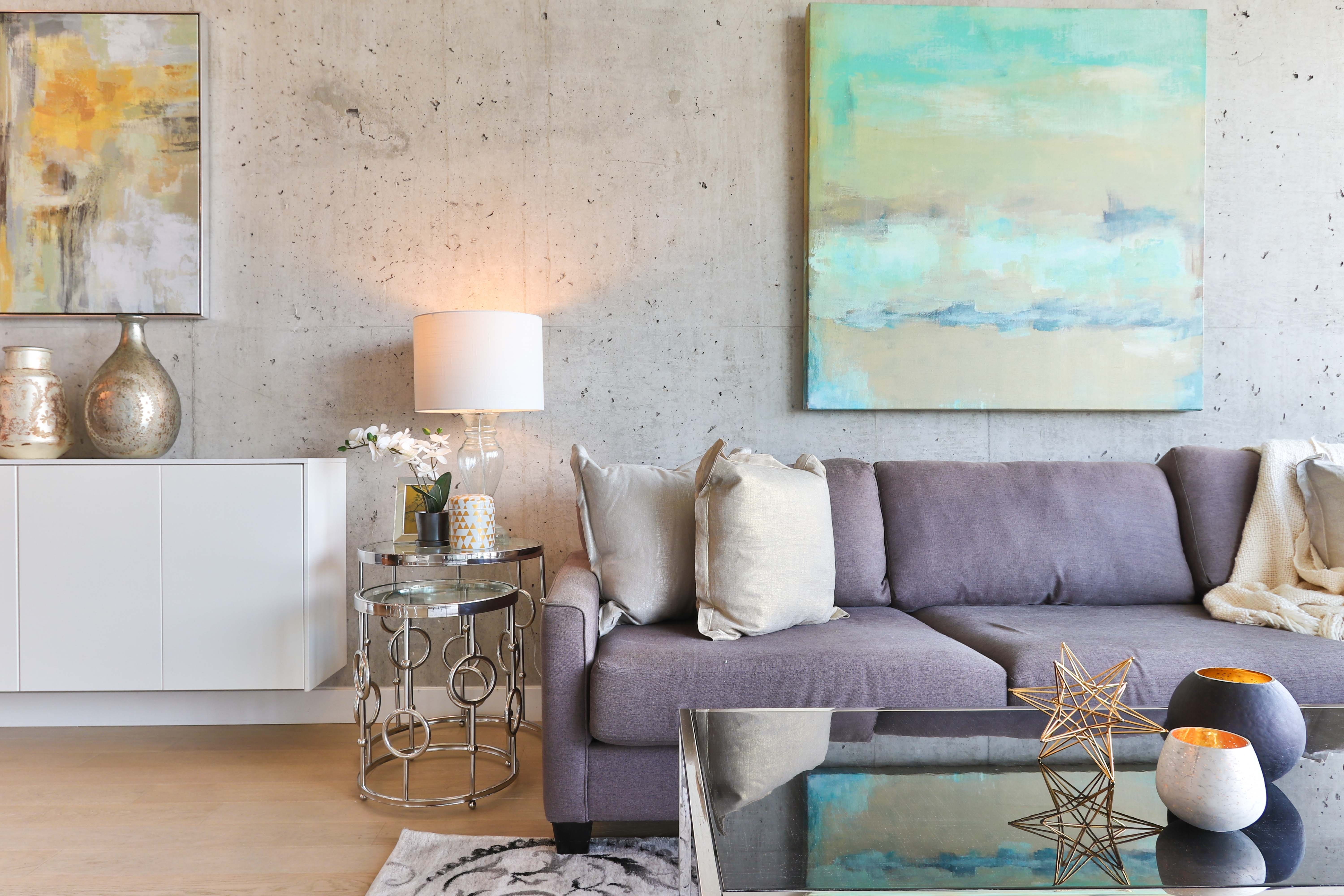Designing a restaurant interior is not as simple as it may first seem. There are numerous elements to consider, and they all need to work well together to generate the perfect atmosphere for your business. The outcome you should be working towards is to create a space that is both visually appealing and comfortable as well as practical and durable. This can be tricky achieve and to ensure you don’t brush over any crucial components, we recommend engaging an experienced restaurant fitout and design specialist company to help you along the way. But, to get you started we have outlined the six most common design mistakes business owners make with it comes to their restaurant interior.
Table of Contents
Cluttering The Host Station
When a customer arrives at your restaurant, ready for a lovely evening with their spouse, family or friends, the last thing they want to be greeted with is a messy, crowed host station.
The host station is arguably the most crucial section of a restaurant because it shapes customers first impression. The host station should be easy to find, spacious and clean, promoting the narrative that your staff are attentive and ready to serve the customers in the shortest time possible.
The avoid clutter, make sure the area only holds essential items such as seating chart devices and pens. Light snacks and refreshments are also allowed in the host station, but employees should store their belongings in lockers at the back of the restaurant.
Dim Or Harsh Lighting
Although dim lights create a calm and romantic ambience in a restaurant, they should not be the sole source of lighting in the facility. It can be a nice touch to have dim lights at certain corners of your restaurant, but if the lighting is insufficient, it could become difficult for customers to read the menu. On the other hand, harsh bright light can be irritating to the eyes.
The same rules apply for kitchen staff and waiters. For employees to perform their tasks to a high standard, they need adequate lighting to do so. This lighting is called task lighting and is commonly used in the kitchen, service areas, bathrooms and for lighting pathways.
Don’t Over-Crowd Your Restaurant
Seating and table arrangements are essential for a restaurant to operate smoothly and should not be over-looked.
More often than not, restaurant owners cram too many tables and chairs into their space for the sake of serving as many customers as possible.
At first glance, this may seem like a smart business tactic. However, cluttering furniture together can make the restaurant very crowded, which becomes challenging for both staff and customers to move around. It can also cause the restaurant to become too loud, frustrating customers who are trying to enjoy their meal.
To achieve a more ample floor plan, space out your furniture evenly and add booths to your restaurant. Remember simple is more, and you will find customers will be more likely to enjoy their experience when they can hear each other speak and can smoothly move about your restaurant.
Keep Decorations To A Minimum
Over decorated restaurant interiors can give off a messy, crowed and uncomfortable vibe that will most certainly repel customers. When it comes to decor, classy and eloquent are often preferable.
A great way to go about decorating your restaurant is to decide on a theme and stick with it. Modern and sophisticated have become popular design trends in recent years but don’t be afraid to branch out and make your restaurant unique or quirky.
Similarly, matching your decorations to the cruising of your restaurant is an extremely effecting marking and branding tool, for example, an Italy decor for an Italian restaurant.
Exposing The Kitchen And Other Food Service Areas
Restaurants must observe high levels of hygiene and sanitation at all times. But, with a busy kitchen comes the guaranteed mess and more often than not staff may not have time to attend to it straight away for example food scrapes on the floor or a sink full of dishes.
Whichever the case, such a sight can be unattractive for customers. This is one of the dangers of having an exposed kitchen layout. Such a design is likely to take away the element of surprise and intrigue that comes when the food is finally served. If you must have an open kitchen layout, ensure that only a small section is exposed.
Inconvenient Bathroom Doors
Bathrooms are a critical element to any restaurant design and should remain clean and tidy at all times. But, there is one very simple yet important detail of your bathroom that is often overlooked. Instead of installing bathroom doors that open on the inside, they should swing outwards. This prevents the customers who are leaving the restroom to receive an unwanted hit to the face.
The common mistakes outlined above provide clear evidence that there are so many elements to consider when it comes to designing a restaurant interior. Even the smallest details can have a significant impact on a customers experience and could be a deciding factor to whether they come back to your restaurant or not. But, by following these design tips as well as engaging the advice an interior designer, you are well on your way to creating a gorgeous restaurant interior that will please all your customers.

